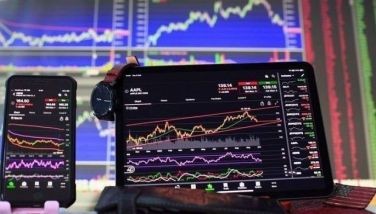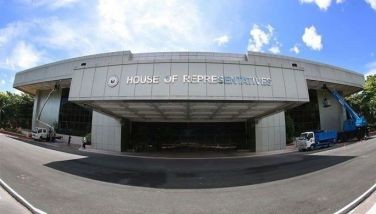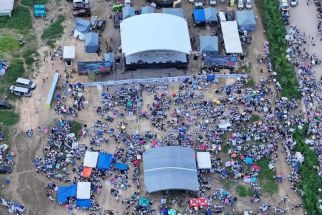Freedom from risks
(First of two parts)
Every facet of life has risks. The world is full of uncertainty. Business corporations are not exempted from this reality. We are all enslaved by the prospect of a loss. Is there freedom from risk?
Risk, as we know, has two sides. The downside is the loss possibility and the upside is the gain possibility. Yet both sides remain uncertain. People want certainty. To avoid risks, one is tempted to become rigid, leaning towards inaction and neutrality, taking no sides. Staying in the middle can be comforting. In this sense, one can say there is freedom from risk.
Rigidity or neutrality, however, is not a characteristic of being free. Freedom cultivates gainful activities as opposed to inaction, or staying on the safe side. Freedom results from a revolution of ideas to change for the better, to exploit risks.
I looked at the dictionary for terms that describe such state of condition. I found the term safety. Webster defined safety as exactly that – freedom from risk.
The term ‘safety’ has evolved in recent years into a broad concept that has made it a strategic matter as much as enterprise risk management has become in recent years. Take for example the following:
Safety of life
Death is certain. Man’s life span is not.
In the course of working, people may face risks to their lives. For example, the Health and Safety Authority of one country in Europe reported some 61 deaths, on a yearly average from 2002 to 2008, in the economic sector, with 21 coming from the Construction segment. Recently this year, some fatalities in the agricultural segment have been reported. Workplaces have indeed become unsafe.
While workplace conditions dictate the level of safety of people, it is also a behavioral issue. People achieve some sense of freedom from risks if they practice safety behaviors and maintain safe workplaces. Both share equal importance. However in recent years, there is evident reason to believe injuries and fatalities are largely caused by people behavior. While many companies have reported surpassing millions of man-hours without injuries, it is widely believed too that injury resides in several of these companies. One international construction company that I dealt with in 2008 had five million man-hours without lost time but actually had thousands of near-misses during the three-year construction period. People undoubtedly value their lives. But one can observe workers without personal protective equipment exposing themselves to occupational risks. One wonders if life is indeed worth protecting.
Safety of operations
Operations vary in nature, from the riskiest to the safest. Insurers call the safest ones as Highly Protected Risks or HPRs. These operations enjoy preferential premium ratings. Various rating agencies have different criteria to judge the safety level of company operations. Risks of banks are overseen by the Central Bank, private and publicly listed corporations by the Securities and Exchange Commission, and insurers by the Insurance Commission. Each is regulated by a set of risk management standards.
The recent credit crunch proved that even the most rigid safety nets can crumble by sheer desire for more financial rewards as seen by the collapse of the sub prime mortgage portfolio of large lending institutions. The extent of fallouts can be very damaging that even small South Asian businesses half a world away dependent on microfinance are affected by the cash drain.
Operational safety does not mean mere absence of internal risks. Operations are affected by extraneous perils such as climate change, pandemic, global financial crisis, political upheavals and terrorism. The demand for high level business continuity plans and crisis management programs has created a new level of risk management consciousness. Companies and organizations owe it to the public and customers they serve to be operationally and financially safe and sound.
(Daniel Z. Barlicos is a Senior Manager for Risk Advisory Services of Manabat Sanagustin & Co., CPAs, a member firm of KPMG network of independent member firms affiliated with KPMG International, a Swiss cooperative.
The views and opinions expressed herein are those of Daniel Z. Barlicos and do not necessarily represent the views and opinions of KPMG in the Philippines. For comments or inquiries, please email [email protected] or [email protected]).
- Latest
- Trending
































